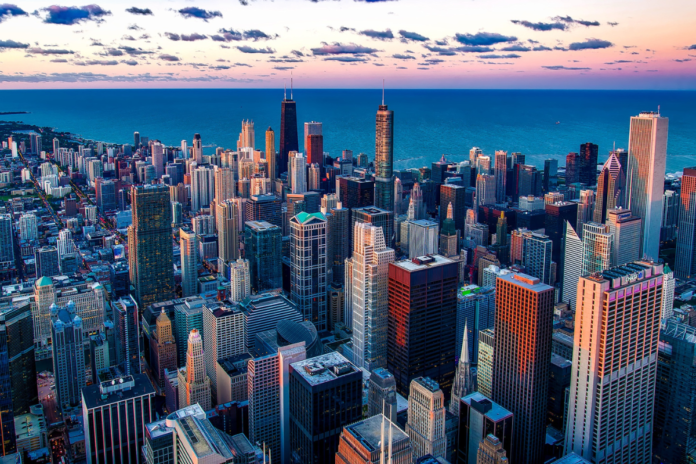Urban environments, marked by high population density and diverse built structures, present distinct challenges in space utilization, safety, and crowd management. Fundamentally, space and boundaries in urban planning define physical areas and separate them, with natural and artificial elements such as bollards shaping these boundaries. Despite their discreet presence, bollards significantly impact human behavior and the perception of space.
The Psychology of Urban Space
The psychological role of space influences social interactions, stress levels, and individual and communal identity in urban settings. Physical boundaries subtly contribute to creating order in the city, fostering a feeling of safety and structure amidst the bustling environment.
Physical Boundaries in Urban Settings
Physical boundaries, whether natural or man-made, guide traffic, manage pedestrian flow, protect areas, and enhance aesthetic appeal in urban settings. They contribute to defining zones within a city and influence familiarity, safety, convenience, and overall engagement with the environment.
Impact of Boundaries on the Urban Experience
Boundaries create distinct zones like residential, commercial, or recreational areas, shaping our perception and experience of the city. Besides their primary functions, they convey information, regulate access, and contribute to order and tranquility in busy urban spaces.
Effect of Bollards on Human Behavior
Bollards play a crucial role in shaping human behavior in urban settings, providing order and predictability. Studies show that well-implemented bollards guide pedestrian movement, reduce congestion, and enhance usability in crowded areas, underscoring their significance in crowd control.
Perception of Space in Crowded Areas
Crowded spaces in cities depend on density, accessibility, and the delineation of space. Physical boundaries like bollards shape our perception by creating feelings of order and structure, mitigating the sense of overcrowding, and enhancing overall safety.
Barriers & Their Relation to Overcrowding
Physical boundaries, including bollards, influence our perception of crowded spaces by providing guidance, segregating traffic, and enhancing safety. Their judicious use helps manage crowded areas effectively and reduce psychological stress associated with overcrowding.
Future Trends
Understanding the psychology of space and boundaries is crucial for future urban planning, promoting aesthetically pleasing and psychologically comfortable environments. Optimizing the design and use of physical boundaries, such as bollards, can effectively manage crowded areas while maintaining order, safety, and community.
In conclusion, seemingly insignificant elements like bollards deeply influence human behavior and the urban experience. Integrating the psychology of space into urban planning will shape future cities to be inclusive, efficient, and psychologically sound, effectively addressing the challenges of overcrowding.


